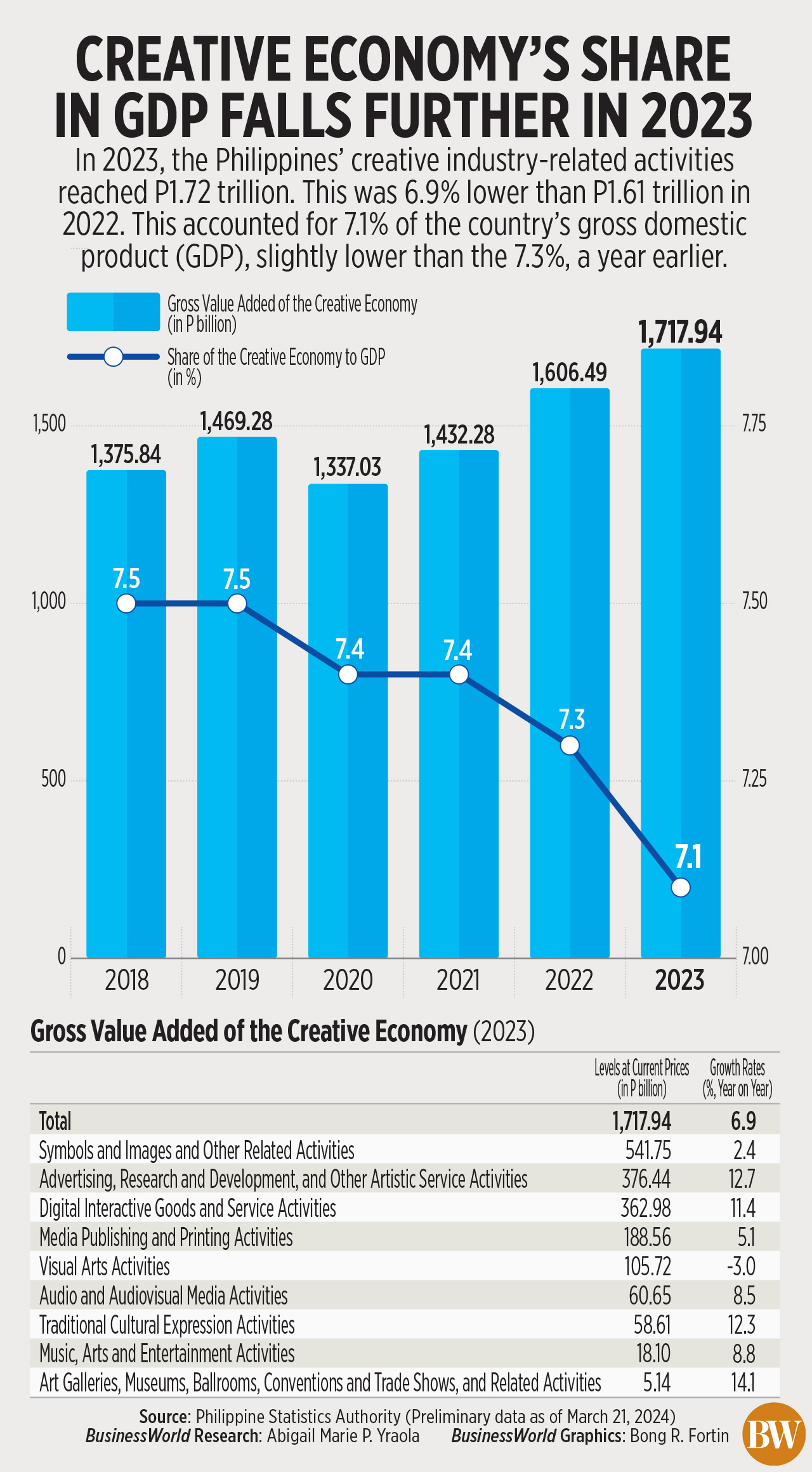Where’s the water? Spain’s drought, gridlock and sharks’ teeth
IMAGES from NASA satellites this month show Spain’s critical Sau Reservoir at 1% of capacity. At this time of year, the reservoir, which serves the northeastern region, is typically at 65%. It’s the latest sign of the pressures a three-year drought is inflicting on one of Europe’s richest regions, Catalonia, and its capital Barcelona. The emergency is so acute plans are afoot to truck water from Valencia 350 kilometers south.
Since climate forecasters suggest Spain is at the forefront of experiencing extreme climate events in Europe, it would be natural to expect Barcelona’s water crisis would be a matter of concern, if not the main event, animating national politics in Madrid. But no.
Instead, Spain’s political class is wrestling with history: Specifically, the fallout from the illegal referendum by Catalan separatists in 2017, which triggered upheaval and the imprisonment and exile of several of the movement’s leaders. National politics has been gridlocked for six months by horse-trading between Prime Minister Pedro Sanchez and exiled leader Carles Puigdemont’s separatist Junts party, which came fifth in last year’s elections, but whose support Sanchez needs to stay in power.
This gap between Barcelona’s water emergency and the failure of national politics to address the issue underscores the European Union’s (EU) impotence in confronting the climate crisis.
Spain’s gridlock is part of the bigger story. Fractured politics is Europe-wide. Portugal’s inconclusive national vote looks set to create the most fragmented parliament since the end of its dictatorship a half a century ago. In the Netherlands, far-right leader Geert Wilders gave up last week on becoming prime minister because he couldn’t line up willing coalition partners. In Italy, Prime Minister Giorgia Meloni and her junior coalition partner Matteo Salvini are barely on speaking terms, according to senators in Rome I’ve spoken to recently.
The hard-right infighting is being celebrated as an advantage for the liberal establishment at European parliamentary elections in June. But when it comes to facing the climate emergency barreling down on Europe, the destructive impulse of the populists, nationalists, and racists bodes ill for the consensus needed for ecological transition and the ability to adapt to extreme conditions.
The administrative stalemate and a lack of planning at the national and European level are delaying a private-sector response to the water crisis in Spain, and across Europe, says Manuel Manjon Vilda, chief executive officer of Spanish engineering multinational Acciona SA’s water business.
“We can solve 100% of the world’s water needs with existing advanced water treatment technologies, including desalination,” Manjon Vilda tells me. Local officials in Catalonia recently announced plans to invest some €500 million ($543 million) in desalination plants, but it’s urgent to get those off the drawing board. Manjon Vilda points to a vast desalination plant, across the Mediterranean Sea, in Morocco, outside of Casablanca will provide up to 550,000 cubic meters of water a day for drinking and irrigation. The contract for what will be the second-largest desalinization plant in the world was awarded last year but won’t be fully functional until 2030.
At Acciona, the view is that water shortages will be the “teeth on the shark” of climate crisis in Europe. Forecasters suggest it will bite hard. Statistics provided by Spain’s meteorological agency AEMET show a staggering increase since 2015 in the severity of summer heatwaves. In 2023, from June to September, there were four major heatwaves — where temperatures exceed 35°C — equaling 24 days. Most of Spain only had rain in June, causing reservoirs to shrink on average to 44% capacity, 20 points lower than a decade ago. This summer is forecast to be even hotter than 2023.
In Barcelona, inhabitants are already at the frontline of Europe’s water crisis, which risks causing desertification in as much as three-quarters of Spain, according to the United Nations. Posters and billboards are visible across the city: “Water doesn’t fall from the sky” (L’aigua no cau del cel in Catalan). As of November 2023, some 9 million people — about 20% of Spain’s population — faced water restrictions.
It’s the sharp end of the wedge of problems facing Europe. Around 38% of the EU population and 29% of EU territory were affected by water scarcity in 2019, with droughts costing €2 billion to €9 billion a year. That could reach €65 billion a year by the end of the century, according to EU data.
Ironically, divisive politics may end up being their own undoing, if the example of Catalonia is anything to go by. Catalans will have a chance to vote on May 12th in a snap election called almost a year early. The reason for the snap vote? One tiny left-wing party killed the minority government’s budget proposal; it voted in protest because concerns about the building of a Hard Rock Casino in the town of Tarragona and its impact on the drought-hit town, which depends on the Sau Reservoir for its water.
It’s a small sign for Spain and Europe’s politicians that climate will force itself into the debate — whether they pay attention or not.
BLOOMBERG OPINION

















